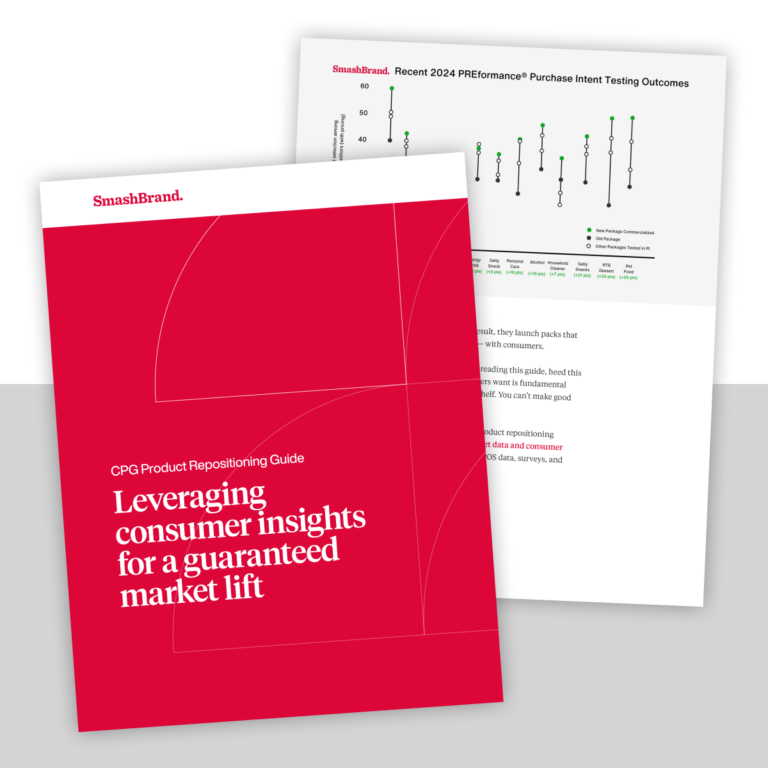What could be more appealing than a gluten-free, macrobiotic, low-calorie, South Beach diet-approved frozen dinner? Isn’t your mouth watering? What do you mean, you already ate?
It goes without saying, there are certain consumer marketing terms that customers find tempting, and just as many that will drive them away. If you were to come across two prepackaged meals, identical in nearly every way, what terms would cause you to choose one over the other? Artisan? Organic? Healthy? Easy? Delicious? Rachel Ray?
Failing the ability to legally print Rachel Ray’s name and image on your food package, it’s important that you understand what your particular market demands in terms of prepackaged food characteristics. Granted, there’s no shortage of buzzwords currently in circulation. Nevertheless, which words speak directly to your consumers? And what qualities distinguish your product from the competition? Most importantly, how open is Rachel Ray to using her name without her permission?
Here are a few things to think about when selecting your product descriptions for your food packages. There are merits to all of the various popular terms, but are they right for your market?
Healthy/Organic/Gluten-free — The Fashionable/Health-Conscious Consumer
Although the merits of a gluten-free diet for the 98.9 percent of the population that doesn’t suffer from Celiac disease are hotly debated, gluten-free labels can serve as valuable marketing tools, if used correctly. If your product simply doesn’t have gluten in it, and wouldn’t have it even in the most gluten-tolerant of circumstances, the absence of this hot-button protein might be worth noting on the package. However, be careful about how your customers can construe such notifications, since studies have shown that certain customers can be put off by such declarations if they suspect that flavor or quality might have been compromised.
Ultimately, the vast majority of consumers are more concerned with the taste and convenience of prepackaged foods than they are with the presence or absence of popular ingredients. However, it is possible to use organic/health marketing to sway borderline customers one way or another. If your product has always been healthy, organic, and gluten-free, instead of blankly declaring these characteristics on the package, make sure your consumers know that your product has always had these qualities, and that you haven’t changed the ingredients in any way for spurious marketing purposes.
Artisan/Gourmet — The Foodie/Upmarket Consumer
The best thing about artisanship when it comes to marketing is that it is so evocative. It not only implies that the product is of high quality, it leaves the distinct impression of being better tasting and better for you — even if it isn’t definitively stated. Gourmet… artisan. Ooh, la la!
These terms are just as market-specific as health-related phrases, but unlike “organic” and “gluten-free,” manufacturers aren’t obliged to produce scientific evidence of their products’ artisanship, and yet can charge exorbitant prices. Where’s the downside?
The downside might be in the consumer perception that they’re paying through the nose for what is essentially a processed food. Honestly, does anyone really think that Tostito’s Artisan Recipes Chips are lovingly handmade by skilled craftsmen and women?
Although “gourmet” and “artisan” are very appealing, and certainly add value, it is important to be careful not to alienate your core consumers by giving the impression that the products are beyond their scope.
Easy/Quick/Convenient – The Busy Consumer
For harried parents, people with demanding jobs, or people with absolutely no culinary skill, ease and convenience are critical components in their meal plans. In fact, the vast majority of consumers who are in the market for prepackaged foods are likely going to be busy working people who need to cut corners in terms of time — but not quality. Heavens… that sounds like marketing copy, doesn’t it?
When it comes to prepackaged convenience foods, it seems that ease of use trumps nearly all other qualities — although not by much. According to numerous international consumer studies, although price is clearly tremendously important, shoppers are increasingly influenced by convenience. However, [insert ominous music here] millennials might be a different story.
Yes, fashion-conscious millennials don’t want to be seen purchasing anything for the sake of convenience; they want high quality, and are willing to forgo the simplicity of the drive-thru in favor of something locally sourced. Nevertheless, if you can incorporate whatever benefits your product and your product package might possess, you should think about doing so. For example, can your package be resealed and reused? This quality not only suggest environmental friendliness, but enhances the convenience factor, as well.
In the end, your test market will tell you what combination of consumer marketing terms – and what proportion – speaks to them most clearly. Your brand identity will also dictate which expressions are the most appropriate. The family-oriented brand will boast of time-saving qualities; the luxury brand will stress artisanship, and the green brand will highlight freshness and sustainability. However, the organic product that contains high-energy plankton will probably be well advised to conceal the fact.
Subscribe to
Nice Package.
A monthly newsletter that unpacks a critical topic in the FMCG & CPG industry.
Free Resource.

CPG product repositioning guide.
Explore the five undeniable signs your CPG product needs repositioning along with strategies for leveraging consumer insights for a guaranteed market lift.
Learn More About CPG product repositioning guide.